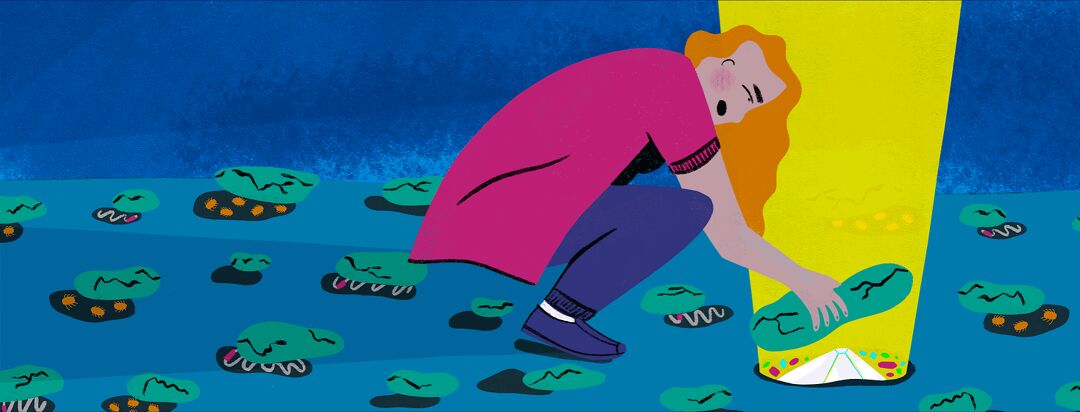Dry Brushing: Does It Actually Work?
I have tried a lot of skincare trends over the years. While many of the things I’ve tried have turned out to be duds, some gems have emerged. One of those gems is a practice called dry brushing.
Featured Forum
View all responsesWhat is dry brushing?
This technique has gained popularity in recent years alongside the rise in popularity of alternative health practices. Dry brushing originates from the practice of garshana. Garshana is a part of an ancient medical system called Ayurveda that originated in Southeast Asia.1
The practice itself is simple to perform.
Dry brushing involves running a dry natural bristle brush over the skin with firm yet gentle strokes, slowly working over the entire body. The process typically starts from the extremities, such as the feet and hands, and moves toward the heart. Dry brushing is typically done immediately before bathing or showering.2
What are the benefits?
There are several potential benefits of dry brushing, ranging from exfoliation and improved circulation to promoting relaxation and aiding in “detoxification.” One of the more common claims for dry brushing is that it stimulates the lymphatic system. This in turn is thought to reduce fluid retention and flush “toxins.”2
However, there is no available scientific data to back these claims up.
How do I know whether a treatment is legitimate?
You may have noticed that I put the words “detoxification” and “toxins” in quotation marks. I have a personal equation that I like to follow when it comes to determining the efficacy and legitimacy of a potential treatment.
The equation is as follows: The more wellness buzzwords that are used, the less likely the treatment/practice has scientific data to substantiate it.
This equation has yet to fail me so far. Dry brushing is no exception.
Did dry brushing work for me?
With atopic dermatitis, we have an abundance of dry skin. When not in a flare-up, dry brushing can be a gentle, chemical-free, and effective way of removing some of the built-up skin.
But I can’t say that I have felt my body had any less “toxins.” Whatever those are.
I also can’t attest to dry brushing improving circulation. I have fairly bad circulation in my feet and hands, which has been compounded by a diagnosis of Raynaud's phenomenon. I haven’t been able to identify any benefit to my circulation specifically from engaging in dry brushing.
I can attest that dry brushing is a very beneficial exfoliation practice, and for me it has become a great part of my self-care routine.
Unfortunately, I can’t say for certain whether my skin would be worse, better, or the same without dry brushing. I have been personally engaging in this practice for over 20 years now, and it’s been a consistent part of my weekend routine for the majority of that time. However, I can say for certain that any practice that helps us be a bit more mindful and connected to our bodies is never a bad thing! (Dry brushing is even the way I found a suspicious mole once!)
As always, you know your body and what it can handle – but if you’re not sure whether dry brushing is right for you, talk to a health professional that you trust.

Join the conversation